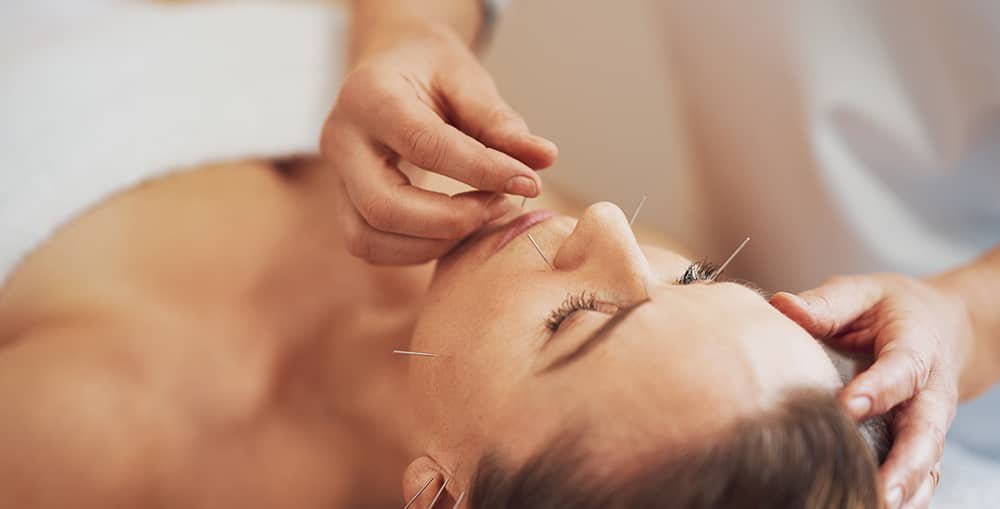Acupuncture is a key practice within East Asian Medicine, which includes techniques from China, Japan, and Korea. Practitioners use fine needles on specific body areas to help address imbalances and symptoms. With a history spanning thousands of years, the practice has adapted globally, offering a multicultural perspective on health and wellness. Here are five common myths about acupuncture:
1. Addressing Its Perceived Pain
Many people assume acupuncture is a painful procedure, but the experience is generally gentle. The needles used are fine, sterile, and single-use, much thinner than standard medical needles. Practitioners insert them at specific points on the body to address targeted areas. Most individuals report little to no discomfort during the session.
Some patients may notice a slight sensation at the insertion site, which typically subsides quickly. The feeling is often described as a mild tingling or pressure rather than pain. This subtle response is a regular part of the therapy and usually diminishes as the treatment continues.
2. Wide Range of Applications
A common myth about acupuncture is that it is only used to treat pain. While chronic pain and musculoskeletal injuries are frequent reasons people seek treatment, the practice has a much broader range of applications. Acupuncture can be used to support various aspects of health, addressing multiple systems and promoting overall balance.
- Fertility
- Digestion
- Allergies
- Chronic conditions
- Cardiovascular system issues
- Immune system function
- Mental health
Beyond addressing existing health concerns, acupuncture is also used as a preventive measure. Many people use it to maintain wellness, enhance overall vitality, and support long-term health.
3. Clarifying Its Role
Some people see acupuncture as entirely separate from Western medicine, but that is not always the case. East Asian Medicine can complement conventional treatments, creating a more integrated approach to care. Many practitioners train in both traditional and modern techniques, allowing them to combine methods for more effective treatments.
By combining ancient practices with current scientific knowledge, practitioners can offer a holistic perspective on wellness. This collaboration bridges the gap between traditional wisdom and contemporary medical understanding. Patients benefit from a broader range of options that address both immediate concerns and long-term health. The approach emphasizes balance, prevention, and overall well-being.
4. The Techniques Involved
Another myth is that acupuncture is just about needles. While needles are central, the practice involves more than that. A practitioner conducts a thorough history and assessment. This step determines the specific points for treatment. Different diagnoses require different acupuncture points. Other techniques are also part of East Asian Medicine. These include cupping, moxibustion, gua sha, and Tui Na. These methods support the body’s natural processes.
5. Debunking Scientific Myth
Some people believe acupuncture lacks scientific support, but the practice can trigger physiologic responses across various organ systems. Practitioners conduct a thorough assessment before treatment to determine the specific points to use. Modern medicine and traditional practices can work together to create a more integrated approach to care.
By blending time-tested natural treatments with contemporary medical understanding, practitioners offer a holistic approach to health. This multicultural strategy provides patients with options that address both immediate concerns and long-term wellness. It emphasizes balance, prevention, and overall well-being. The integration of methods fosters a more inclusive perspective on health and healing.
Integrating Acupuncture into Your Wellness
Acupuncture is an established practice with a long history and a holistic approach to health and wellness. Beyond pain management, it can be integrated into a broader wellness strategy. This thousand-year-old practice continues to evolve, offering therapies to people worldwide. Discover how acupuncture can complement your personal wellness plan.


